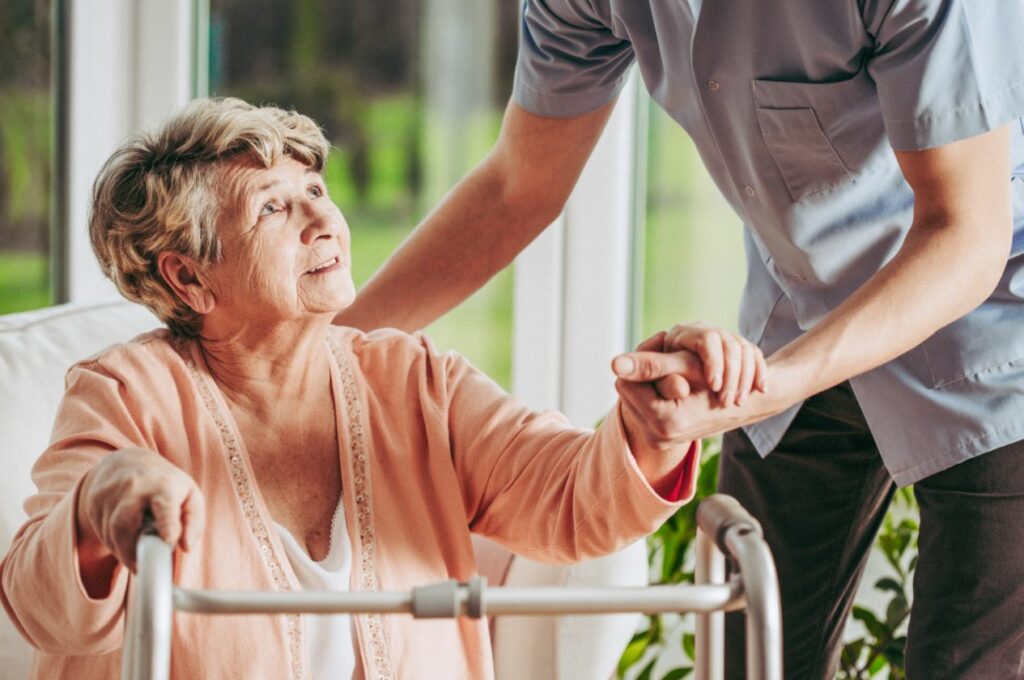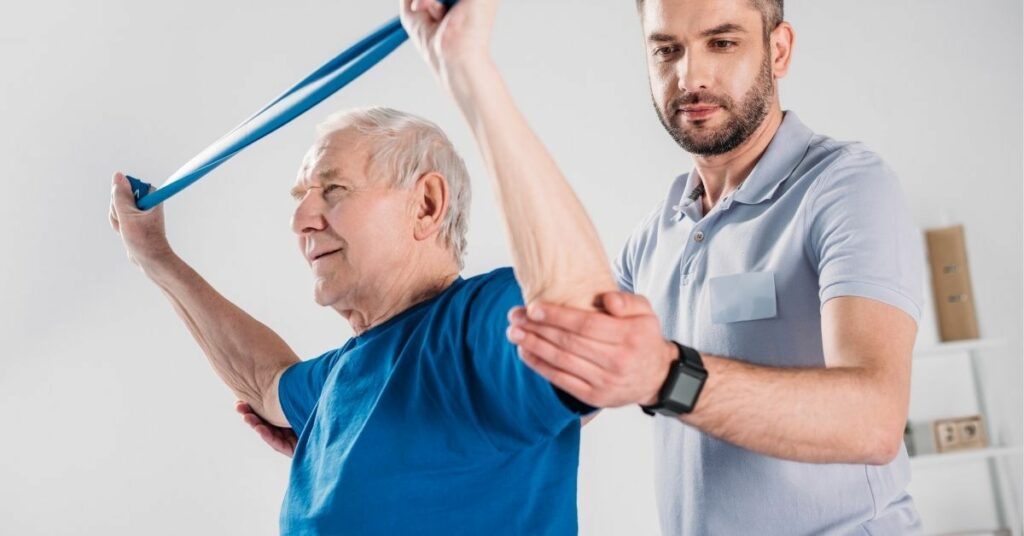Tremors primarily at rest should not be ignored, especially in the late middle-aged and elderly, as it may be a sign of a slowly progressive Parkinson’s disease. Parkinson’s disease is a neurodegenerative disorder that leads to stiffness, shaking, and difficulty in balance and coordination.
It has no cure; however, exercise and medication may improve your symptoms. The first step is no doubt to understand ‘what is Parkinson’s disease’ so that we can take the necessary steps to prevent, treat or slow its progression.
What is Parkinson’s Disease
Parkinson’s disease is a brain disorder that affects the patient’s ability to control their body movement. Initially, the disease starts slow but worsens with time, and the patient may have trouble sleeping, talking, and may experience behavioural changes and memory issues.
What Are The Symptoms of Parkinson’s Disease
The symptoms of Parkinson’s disease differ from person to person. When the disease is in its early stage, the patient may experience little or no symptoms.
In the early stages of Parkinson’s disease, the symptoms start gradually and are barely noticeable tremors in one hand, slow movement and stiffness. Often symptoms begin on one side of the body, which worsens even after both sides get affected.
The Typical Sign And Symptoms of Parkinson’s Disease Include:

1. Tremor or shaking
Usually, trembling in one limb, often your fingers or hand, is the early sign of Parkinson’s disease. Some people may experience pill rolling tremors in which they may rub their fore-finger and thumb back and forth.
2. Rigid muscles
The muscle stiffness may happen in any body part and can be painful, limiting the range of motion.
3. Slow movements
As Parkinson’s disease progress, movements get slow. Even simple tasks such as getting out of a chair become difficult and time-consuming. You may notice your steps become shorter while walking.
4. Impaired balance and posture
Balance issues is common as Parkinson’s disease progress. The patient’s posture may become stoop and gait changes.
5. Changes in speech
As the disease progresses, you will notice your speech become monotone, soft, quick, and you may hesitate before talking.
6. Changes in writing
With time, it becomes hard to write.
7. Loss of automatic movement
The patient’s ability to perform unconscious movements such a smiling, blinking or swinging arms while walking decreases.
In addition, the patient may also experience loss of the sense of smell and rapid eye movement. Due to changes in nerves that controls facial expression there is fixed facial expressions.
Factors such as restless legs results in sleep problems. Other common symptoms include difficulty in swallowing and chewing, skin issues, constipation, fatigue, and depression. With time hallucination, delusions and dementia may develop.
What Causes Parkinson’s Disease
Parkinson’s happens due to the falling level of dopamine resulting from the death of cells that produce dopamine in the brain. Dopamine is a neurotransmitter that plays a vital role in controlling body movement and coordination.
Low level of dopamine affects the body movement and coordination. As the level of dopamine falls, the symptoms gradually become severe.
Some cases of Parkinson’s also involve low level of another neurotransmitter, norepinephrine, due to damage to the nerve endings. Norepinephrine controls automatic body functions and blood circulation.
A falling level of norepinephrine results in tremor, postural instability, orthostatic hypotension, rigidity, difficulty focusing, dementia, anxiety and depression.
Research also shows that Parkinson’s disease may have an accumulation of Lewy bodies or clumps of protein in their brain that causes loss of nerve cells and leads to changes in thinking, behaviour, movement and mood.
Who Are At The Risk Of Parkinson’s Disease

Parkinson’s disease commonly affects people 60 years of age or above. However, in about 10% of patients, this condition may start early before age 50. Men are more at risk of developing Parkinson’s disease in comparison to women.
In about 10% of suffering from Parkinson’s genetic factor may appear to cause and early onset of the disease.
Other risk factors for Parkinson’s disease include exposure to certain toxins and head injury.
How To Treat And Prevent Parkinson’s Disease?
Parkinson’s disease cannot be cured, but treatment can help and slow the progress. Along with medication, adequate exercise, rest, and a balanced diet is essential to manage the physical and mental symptoms and slow the progress of Parkinson’s disease.
In addition, occupational therapy, Physical therapy and speech therapy improve self-care and communication. In our article, we will discuss how to fight Parkinson’s disease following proper diet and exercise.
Foods To Eat And Foods To Avoid To Manage The Symptoms Of Parkinson’s Disease
1. Foods to eat

Eat foods rich in antioxidant flavnoids such as berries, tomatoes, eggplant, nightshade vegetable, kale, spinach and nuts such as pecans, walnuts, pistachios and Brazil nuts. Current research also focuses on eating foods rich in protein and probiotics.
To manage secondary symptoms of Parkinson’s such as confusion and dementia, add omega-3 rich foods such as kidney beans, soy, oysters, salmon, flaxseed and halibut to your diet. To manage constipation, eat food rich in fibre that encourage bowel movements.
In addition, seasoning your food with yellow mustard or turmeric help relieve constipation. Food rich in magnesium such as banana, oatmeal, almonds, cashew nuts etc. relieves muscle cramps.
2. Foods To Avoid

Prevent re-using some cooking oil such as Sunflower oil as they form unhealthy aldehydes. Aldehydes is toxic chemical that is found to have links with Parkinson’s disease. In addition, avoid consumption of processed foods such as sodas, breakfast cereal, bacon, candy, cakes, ready meats, chips and canned foods.
Exercise for Patients With Parkinson’s disease

It is very important for the person suffering from Parkinson’s disease to stay active in order to strengthen their joints, muscle and improve flexibility, balance, gait and posture. The aim behind is to perform few movements a few minute every day.
It is suggested to change your exercise every week so that your body learns new way to move. A few different types of exercises helpful for patients suffering from Parkinson’s Include yoga, aerobics and occupational therapy.
- Learn and practice exercise only under the guidance of experienced trainer or physiotherapist.
Parkinson’s itself is not a fatal disease, but its complication may be severe. The key to living well with Parkinson’s is understanding the disease and following the recommended therapies to treat the symptoms and improve life quality.







